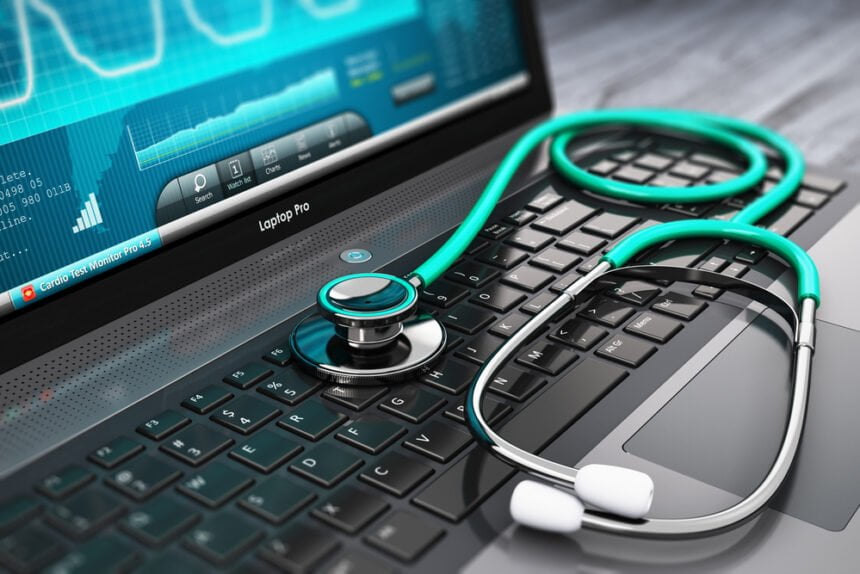Wouldn’t it be great if you had a healthcare team to research different procedures and help you make the most cost-effective decisions? Unfortunately, this is a distant dream for most patients. For instance, you probably can’t afford a personal healthcare concierge, and your insurance policy provider is likely more concerned with reducing their costs than ensuring that your bills go down.
Could software provide an answer? Intelligent tools are helping bring much-needed changes to how people pay for health services. Modern software could prove vital to making the care experience far more pleasant for those in need, at least as far as payment is concerned.
Important Changes at the Record-keeping and Billing Levels
In countries like the U.S., modern caregivers aren’t just moving away from paper records because the electronic versions make for more orderly offices. They’re also doing it because the law incentivizes the effective use of digital systems and electronic health records, or EHR. For example, the Medicare and Medicaid EHR Incentive Programs let caregivers apply for payments based on whether their EHR technology helps them meet well-defined meaningful use standards that reflect improvements in patient care.
EHR’s Potential Impacts on Billing and Insurance Claims
Medical coding, or the process of translating individual diagnostic and treatment records into standardized code numbers, is a critical part of delivering care. Professional medical coders review written record descriptions, such as a surgeon’s notes, and create claims using universal codes that insurance carriers can easily assess before paying.
Although coding is likely to remain an important practice for years to come, EHR technology has the potential to make it far more accurate. Since doctors can diagnose with the aid of intelligent record-keeping systems that already know how to associate the information with the appropriate codes, medical coders don’t have to be solely responsible for error checking. Record processing may also become more efficient when all records are digitized. In the long run, changes in how providers manage medical records could translate to reduced incidence of denials.
Redefining Market Access with Consumer Technology
Other software-driven changes are taking place on the consumer side of caregiving transactions. Patients who want care often find that hospitals, clinics, doctors, dentists, specialists and other providers are far less transparent than they’d ideally prefer. For instance, it’s common to be surprised by the size of an emergency room bill. This state of affairs may prevent many people from seeking attention in a timely fashion and lead to worsening symptoms that cost more to treat.
Readily accessible tools like mobileapps are changing the way this works. By connecting patients with prescription information and savings, programs like Singlecare make it easier to understand the costs of individual treatments beforehand.Apps and other technology have the potential to take much of the guesswork out of seeking and paying for medical care.
What Does the Future Hold?
The healthcare landscape is constantly shifting. No single technology can produce the across-the-board changes required to make care more accessible and effective for all patients. As tools like AI and machine learning expand beyond diagnostic and similar uses into the world of billing efficiency and practice business management, however, standards of care are likely to achieve gains in many distinct domains.

